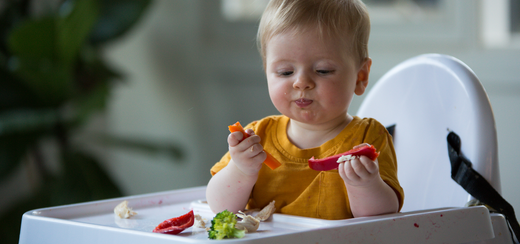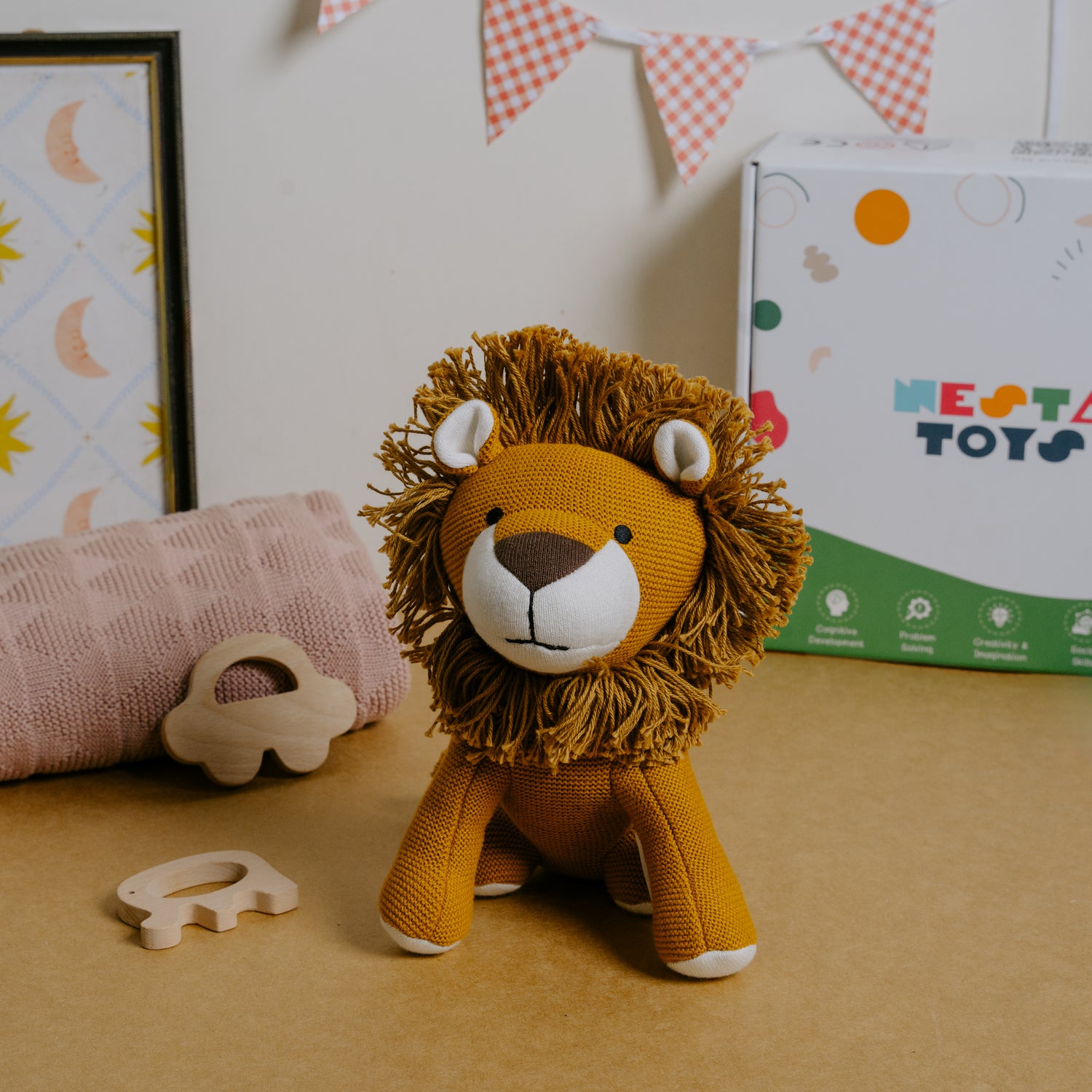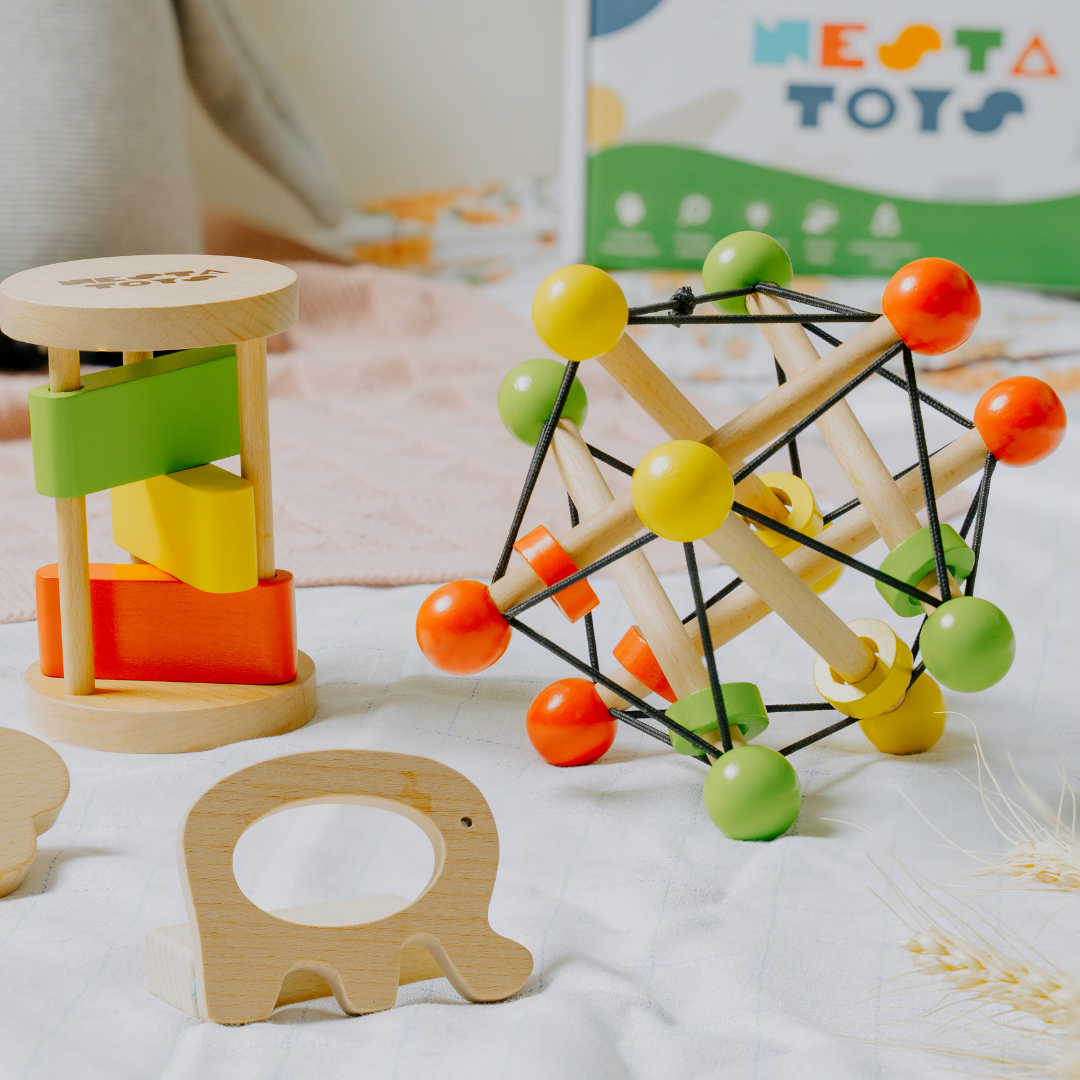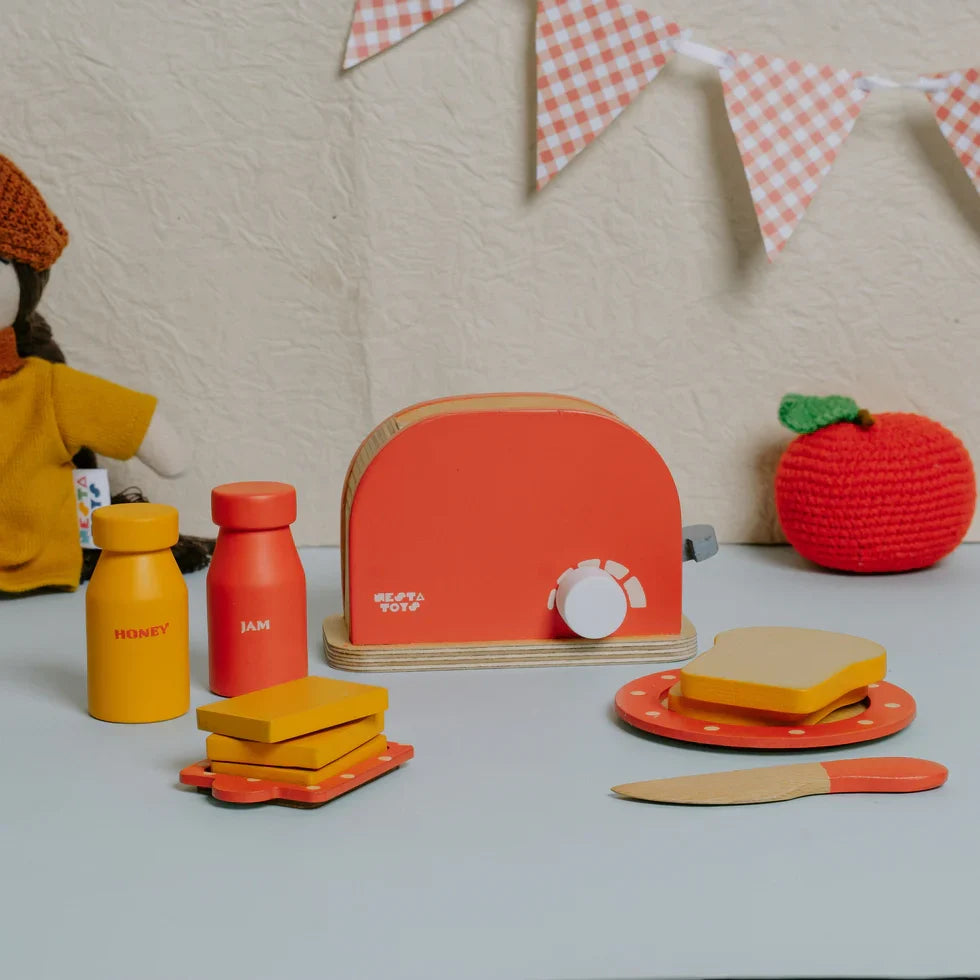What is Baby-Led Weaning (BLW) ?
Baby-Led Weaning (BLW) is an approach to introducing solids where the baby takes the lead in feeding themselves. Instead of being spoon-fed purees by a caregiver, the baby is offered soft, appropriately-sized pieces of whole foods that they can grasp and self-feed. Baby-Led Weaning helps babies explore new textures and flavors on their own, build hand-eye coordination, and learn to eat independently. It allows babies to listen to their hunger cues and stop eating when full, which may help with healthy eating habits in the long run.
When to start Baby-Led Weaning (BLW)?
Wait for your baby to be ready: Among other things
- Sitting up unsupported
- Losing the tongue thrust reflex
- Being at least 6 months old and
- The baby being interested in food are essential before BLW starts.
How to start Baby-Led Weaning?
- Get a good high chair
- Get some washclothes
- Grab some bibs
- Learn about texture and size
- Learn about your role in feeding
- And then, take a deep breath!!!!
The basic principles of baby-led weaning are:
- At the start of the process the baby is allowed to reject food, and it may be offered again at a later date.
- The child is allowed to decide how much it wants to eat. No "fill-ups" are to be offered at the end of the meal with a spoon.
- The meals should not be hurried.
- Sips of water are offered with meals.
- Initially, soft fruits and vegetables are given. Harder foods are lightly cooked to make them soft enough to chew on even with bare gums.
- Foods with clear danger, such as peanuts, are not offered.
- Non-finger-foods, such as oatmeal and yogurt, may be offered with a spoon so the baby can learn to self-feed with a spoon.
What is Spoon-Fed Weaning? (Traditional Method)
Spoon-Fed Weaning, on the other hand, involves the caregiver feeding the baby smooth purees using a spoon. This method lets parents control how much and what kind of food their baby eats, making it easier to introduce single foods and check for allergies. Spoon-feeding helps introduce new flavors and make sure babies get essential nutrients. Both methods aim to support a baby's transition to solid foods, and parents often choose a combination of both to suit their baby’s needs and developmental readiness.
Baby-Led Weaning vs Spoon-Fed Weaning: Which is better?
- Baby-led weaning (term attributed to Gill Rapley) places the emphasis on exploring taste, texture, color and smell as the baby sets their own pace for the meal, choosing which foods to concentrate on. Instead of spoon-feeding, the baby gets a plate of different finger foods to pick from and eat on their own.
- Through playful exploration, BLW provides an opportunity for infants to practice new oral motor patterns. Through traditional method, infants gradually develop the oral motor patterns required for mature bolus manipulation, chewing, and swallowing, as well as allow the infant to be in charge of what goes in their mouth, how it goes in, and when. (Case-Smith, 2005, Rapley & Murkett, 2008).
- The BLW approach encourages offering normal food with minimal adjustments (like reducing salt and avoiding honey). No purees needed—just let the baby join you at mealtimes and be ready to share your food!

Benefits of Baby-Led Weaning over Spoon-Fed Weaning
- Let baby be in control - Let baby start to pick up food and try and handle it. First few weeks, they may only want to play with it. Babies love to copy and they will eventually try and get some in their mouth.
- Risks of Baby-Led Weaning and how to prevent choking - Know the difference between choking and gagging. Babies learn to chew rather than suck when you give them unmashed food. Sometimes they gag on food and this is normal. Make sure you know the difference. Also learn to perform first aid if they are choking.
- Experiment with fruits/ vegetables and textures - Start by giving fist sized vegetable and fruit portions. E.g. steamed vegetables like sweet potatoes, carrots or foods like idlis, pieces of soft chapattis. It should be a couple hours after formula milk or soon after waking but once they have played a bit and woken nicely. Then, if they aren't eating well, stop trying to interest them beyond 20-30 minutes.
-
Ignore mess - If they seem to at least play or suck, you are seeing acceptance
How To Serve Food to Babies?




How Much Do Babies & Toddlers Eat?
- Try not to offer food when they are very tired or make it easy to eat.
- It takes skill and effort when they are so tiny to eat... And no one does new tasks well while tired
- Give at least two different courses of food, different taste and textures at main meals. We would do a 'dessert' of something fruity after breakfast and lunch and dinner. This keeps them from getting bored with the same taste for a long time
- Even with snacks, offer two different things. But keep an element of surprise and don't overwhelm them. Give one thing. Then when done give another. Sometimes a hungry child will take the first item again if offered after the second in rotation
- Make one snack a soup or smoothie. Do they use a sipper or cup? Try giving with that until they master a spoon. But first give bowl and spoon to try. Hard way first and then easier, and not too much with the easy way.
Disclaimer: The information provided in this article is intended for general knowledge and educational purposes. It is not a substitute for professional medical advice, diagnosis, or treatment. Every baby is unique, and what works for one may not be suitable for another. Parents should always talk to their pediatrician or a healthcare professional before deciding on a feeding approach or introducing new foods to their baby.








